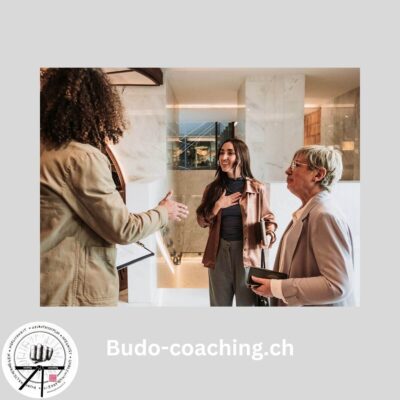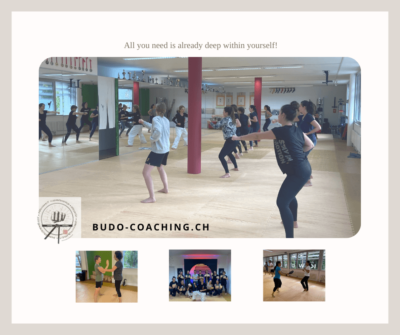Open up to your world of possibilities Do you find yourself constantly worrying about what…

Bucket lists: turning your aspirations into action
A bucket list is a list of experiences, achievements, or goals that a person aspires to accomplish in a lifetime. These items on the list can be diverse and often include a mix of personal, adventurous, and meaningful goals, such as traveling to specific destinations, trying new activities, achieving career milestones, or fulfilling lifelong dreams.
Bucket lists can vary greatly from person to person, reflecting individual desires, interests, and priorities. Some people may have relatively simple items on their list, while others may aim for more ambitious and challenging experiences. Creating and pursuing a bucket list can be a way to set goals, stay motivated, and make the most of one’s life by prioritizing and actively working towards fulfilling their dreams and desires.
To-want-list like a pro
Judith Peters launched this October an interesting blog challenge consisting in writing and sharing a “To want list” of things that you would like to have ticked off by the end of 2023.
I do like such lists, I made one as a matter of fact, but I do not like sharing it – I find the content would be of little relevance for any of my readers, let alone add any value exept to myself by committing to it.
Still, I like the idea behind this challenge, and I want to join in a way that suits me and the purpose of my blogs better.
Living with purpose
Bucket lists are useful – with a list of our goals and aspirations we visualise objectives, finde purpose and above all experience the fantastic feeling of happiness which comes when we get to complete any of them.
To find meaning in our life and job, we need goals, including problems to solve – by overcoming them we grow and thrive.
Happiness and fulfilment are a form of action: when you work at your goals you are moving forward, you do what you are supposed to do to reach what you desire.
Bucket listing – step by step
Bucket lists are effective ways to set personal goals and motivate yourself to accomplish experiences or achievements that are meaningful to you. Here’s how they typically work:
- Start by brainstorming and listing all the experiences, achievements, or goals you want to accomplish in a set time frame. These can range from simple, everyday desires to more ambitious and adventurous dreams. The key is to make the list personal and reflect your own interests and aspirations.
- Once you have a list, prioritize the items. Decide which ones are the most important to you and which ones you’d like to tackle first. You can categorize them based on factors like feasibility, time, cost, or significance.
- For each item on your list, make the goals as specific as possible. Instead of saying “travel more,” specify a destination you want to visit, or a particular travel experience you’d like to have.
- Establish a timeline or target dates for each goal. This helps you stay organized and motivated.
- Start taking steps to work toward your bucket list items. This might involve saving money, researching travel options, learning new skills, or seeking out opportunities related to your goals.
- Keep track of your progress and celebrate your achievements along the way. Over time, your interests and priorities may change. It’s okay to adapt and update your bucket list accordingly. Adding new goals or removing ones that are no longer relevant is a natural part of the process.
Your “to-want-list” until the 31st of December to start with
In the workbook that she kindly provided for her “Blogtoberfest challenge”, Judith suggests to list as many items as you wish within a wide variety of topics, which included different areas like people and places you would like to see, hobbies you want to reactivate or would like to take up, work goals you want to pursue or simply little things like going to the movies and finally see that film everyone is praising.
Here are for example a couple of items I put on my list to accomplish by the end of the year:
- Travel to Munich: Visit the Christmas markets and enjoy the festive atmosphere.
- Learn the basics of the Korean language
- Keep up with training at least 3 times a week
- Finish and practice Yon Gae Tul ( Taekwondo pattern)
- Read at least two books per month
- Set-up a newsletter system for my business (Budo coaching)
- Take up painting again
My list only has 25 items – Judith’s 37. The amount doesn’t matter. Your list can be as long as you want and encompass many areas and topics.
Each of the items simply needs to be specific and represent a personal goal or aspiration you still can realistically achieve within year end, taking the appropriate steps and making your way through the list one goal at a time.
Your Roadmap to achieving your career and development plans
Integrating a bucket list into your work life can be a meaningful and motivational approach to achieving personal and professional goals as well. Here are some ways you can make it happen:
- Align some of the items on your list to your work or career development. For example, if you’re in a particular industry, you might have goals like “Become a certified expert in my field” or “Lead a high-impact project.”
- Use your bucket list to drive your professional development. This can include taking courses, attending workshops, or seeking out mentorship opportunities that help you achieve your career-related goals.
- Set milestones and incorporate them into your long-term career plan by defining smaller, more achievable goals that lead you toward the bigger items on your list. For instance, if your goal is to become a manager, your milestones might include improving leadership skills and taking on more responsibility.
- Reflect on your career goals and assess whether they need to be modified based on changes in your career path or personal priorities. A work-related bucket list can help you stay motivated and enthusiastic about your career. It can serve as a reminder of what you’re working towards, providing a sense of purpose in your daily work.
- Share your work-related bucket list with colleagues or your manager. They may be able to provide support, guidance, or opportunities that help you achieve your goals.
Remember that your bucket list is a personal journey, and it’s entirely up to you how you want to incorporate it into your work life. The key is to use it as a source of motivation and inspiration, both in your personal and professional life, to help you achieve your most important goals and aspirations.
Thanks to Judith Peters from Sympatexter, who inspired this blog with her Blogtoberfest challenge and for her valuable tips around blogging.



